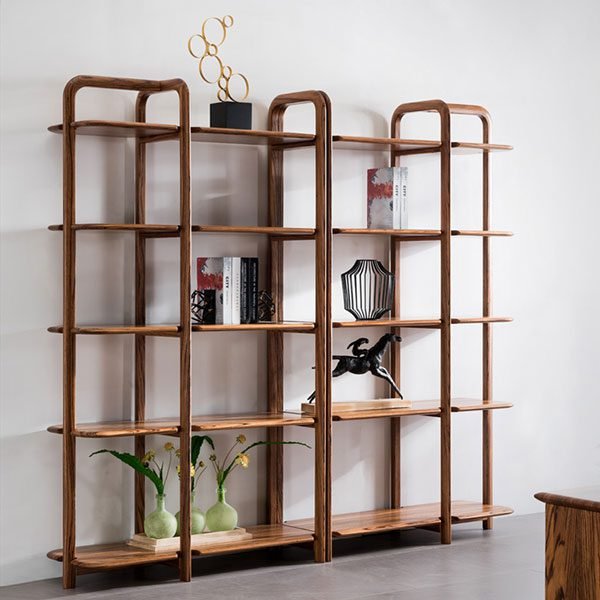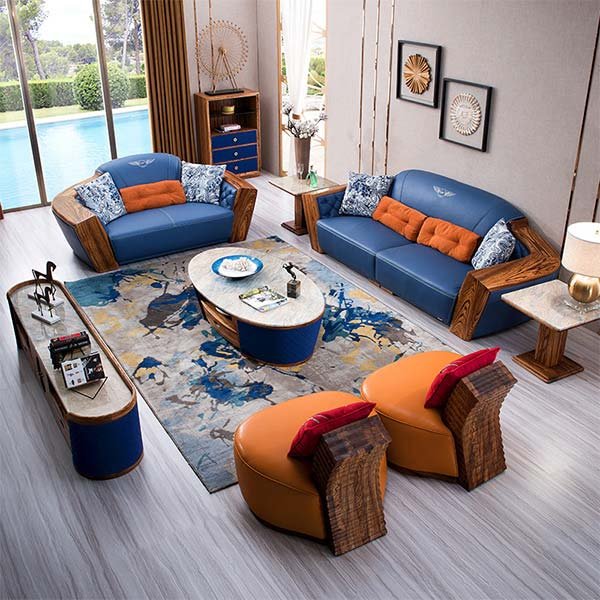“Stylishly supporting your dining experience.”
The Evolution of Dining Chair Legs: From Traditional to Modern Designs
The Evolution of Dining Chair Legs: From Traditional to Modern Designs
Dining chairs are an essential part of any dining room. They not only provide a place to sit and enjoy a meal, but they also contribute to the overall design and aesthetic of the space. One often overlooked aspect of dining chairs is their legs. The design and style of chair legs have evolved over time, reflecting changes in taste, technology, and design trends.
In traditional dining chair designs, the legs were typically made of wood and featured intricate carvings and details. These chairs were often seen in formal dining rooms and were meant to convey a sense of elegance and sophistication. The legs were usually straight and sturdy, providing a solid foundation for the chair. The wood was often stained or painted to match the rest of the chair, creating a cohesive look.
As time went on, dining chair legs began to take on more varied and unique shapes. In the Victorian era, for example, chairs with cabriole legs became popular. These legs featured a graceful curve, resembling the shape of an animal’s leg. This design added a touch of elegance and femininity to the chair, making it a popular choice for formal dining rooms.
In the early 20th century, the Arts and Crafts movement brought about a shift in dining chair leg design. The focus was on simplicity and craftsmanship, with an emphasis on natural materials. Chairs with straight, tapered legs became popular during this time. These legs were often made of oak or other hardwoods and were left unfinished or lightly stained to showcase the natural beauty of the wood.
The mid-20th century saw a rise in modern design, and dining chair legs followed suit. Chairs with sleek, minimalist legs made of metal or plastic became popular. These legs were often thin and angular, adding a sense of lightness and simplicity to the chair. The use of new materials and manufacturing techniques allowed for more experimentation with leg design, resulting in chairs that were both functional and visually striking.
Today, dining chair legs come in a wide variety of styles and materials. From traditional wooden legs to sleek metal or acrylic options, there is a chair leg design to suit every taste and decor style. Some chairs even feature legs that are adjustable in height or have built-in swivel mechanisms, adding an extra level of functionality to the design.
In conclusion, the evolution of dining chair legs reflects the changing tastes and design trends throughout history. From the intricate carvings of traditional chairs to the sleek lines of modern designs, chair legs have played a significant role in the overall aesthetic of dining chairs. Whether you prefer a classic, traditional look or a more contemporary style, there is a dining chair leg design that will suit your needs and enhance the beauty of your dining room. So next time you sit down to enjoy a meal, take a moment to appreciate the impact that chair legs have on the design of your dining chairs.
Exploring the Influence of Chair Leg Materials on Dining Chair Aesthetics
Dining Chairs: The Impact of Chair Legs on Design
Exploring the Influence of Chair Leg Materials on Dining Chair Aesthetics
When it comes to dining chairs, the design and aesthetics play a crucial role in creating a visually appealing and comfortable dining experience. One often overlooked aspect of dining chair design is the material used for the chair legs. The choice of chair leg material can greatly influence the overall look and feel of the dining chair. In this article, we will explore the impact of chair leg materials on dining chair aesthetics.
Wooden chair legs have long been a popular choice for dining chairs. The natural warmth and beauty of wood can add a touch of elegance and sophistication to any dining space. Oak, walnut, and cherry are some of the commonly used wood species for chair legs. These materials offer a timeless appeal and can complement a variety of interior styles, from traditional to contemporary. The grain patterns and finishes of wooden chair legs can also add texture and visual interest to the overall design.
Metal chair legs, on the other hand, can create a more modern and sleek look. Materials such as stainless steel, chrome, and brushed nickel are often used for contemporary dining chairs. Metal legs can be designed in various shapes and styles, allowing for a wide range of design possibilities. The clean lines and reflective surfaces of metal chair legs can give a sense of lightness and openness to the dining space. Additionally, metal legs are often more durable and resistant to wear and tear, making them a practical choice for high-traffic areas.
For those looking for a unique and eclectic look, chair legs made from unconventional materials can be a great option. Acrylic, plastic, and even concrete are being used to create dining chairs with a distinctive and avant-garde aesthetic. These materials offer endless possibilities for creative designs and can be a statement piece in any dining room. However, it is important to consider the durability and practicality of these materials, as they may not be as sturdy or long-lasting as traditional options.
In addition to the material itself, the design and shape of the chair legs also play a significant role in the overall aesthetics. Tapered legs, for example, can create a sense of elegance and sophistication, while straight legs can give a more minimalist and contemporary look. The height and thickness of the legs can also affect the visual balance and proportion of the dining chair. It is important to consider the overall design of the dining space and the desired style when choosing the leg design.
In conclusion, the choice of chair leg material can have a significant impact on the design and aesthetics of dining chairs. Wooden legs offer a timeless and elegant appeal, while metal legs create a modern and sleek look. Unconventional materials can add a unique and eclectic touch to the dining space. The design and shape of the legs further enhance the overall aesthetics of the chair. When selecting dining chairs, it is important to consider the leg material and design to create a cohesive and visually pleasing dining experience.
The Role of Chair Leg Shapes in Creating a Unique Dining Chair Design
The Role of Chair Leg Shapes in Creating a Unique Dining Chair Design
When it comes to designing dining chairs, every detail matters. From the material used to the shape of the backrest, each element contributes to the overall aesthetic and functionality of the chair. One often overlooked aspect of dining chair design is the shape of the chair legs. While they may seem like a minor detail, the shape of the legs can have a significant impact on the overall design.
One of the most common leg shapes for dining chairs is the straight, tapered leg. This classic design is timeless and versatile, making it a popular choice for many different dining room styles. The straight, tapered leg provides a clean and sleek look that can complement both modern and traditional dining room decor. Its simplicity allows it to blend seamlessly with other furniture pieces, creating a cohesive and balanced design.
Another popular leg shape for dining chairs is the cabriole leg. This elegant and curvaceous design adds a touch of sophistication to any dining room. The cabriole leg is characterized by its S-shaped curve, with a convex upper curve and a concave lower curve. This graceful shape adds visual interest and creates a sense of movement in the chair design. The cabriole leg is often associated with more traditional and formal dining room styles, but it can also be used to add a touch of elegance to a contemporary space.
For those looking for a more modern and minimalist design, the splayed leg is an excellent choice. This leg shape features legs that angle outward from the center of the chair, creating a triangular base. The splayed leg adds a sense of openness and lightness to the chair design, making it perfect for smaller dining spaces. This leg shape is often seen in Scandinavian and mid-century modern designs, where simplicity and functionality are key.
In addition to the shape of the legs, the material used can also have a significant impact on the overall design of the dining chair. Wood is a popular choice for chair legs due to its durability and versatility. Different types of wood, such as oak, walnut, and cherry, can be used to create different looks and styles. Metal legs, such as stainless steel or brass, can add a contemporary and industrial touch to the chair design.
In conclusion, the shape of the chair legs plays a crucial role in creating a unique dining chair design. Whether it’s the classic straight, tapered leg, the elegant cabriole leg, or the modern splayed leg, each shape brings its own aesthetic and functionality to the table. The choice of leg shape should be carefully considered to ensure that it complements the overall style of the dining room and enhances the comfort and visual appeal of the chair. So, next time you’re shopping for dining chairs, don’t forget to pay attention to the legs – they can make all the difference in creating a truly remarkable dining experience.
Заключение
Заключение: Ножки стульев имеют значительное влияние на дизайн. Они могут определять стиль и эстетику стула, а также влиять на его функциональность и комфорт. Выбор материала, формы и отделки ножек стула может создать различные эффекты и визуальные акценты в интерьере. Поэтому важно учитывать влияние ножек стула при выборе дизайна обеденных стульев.



